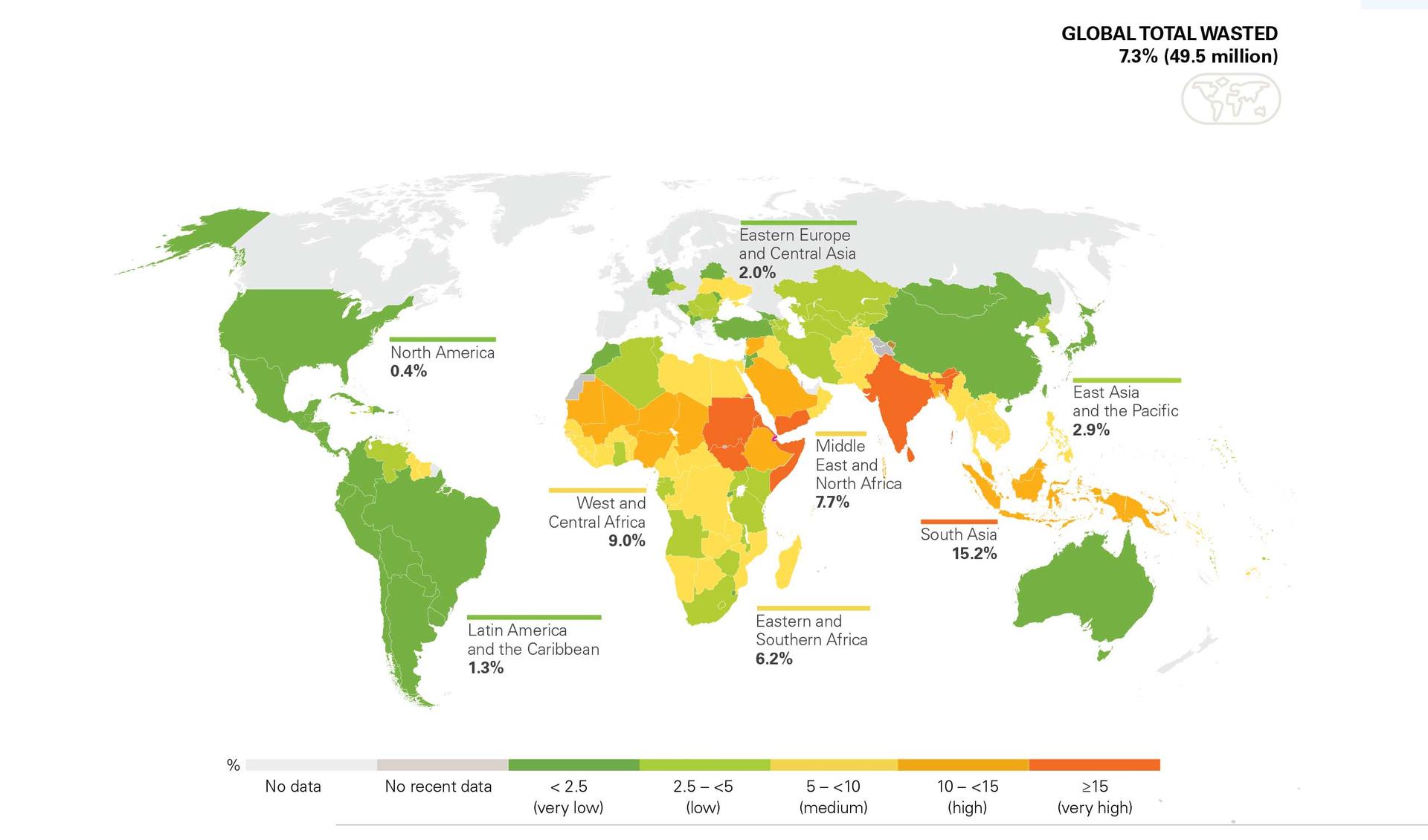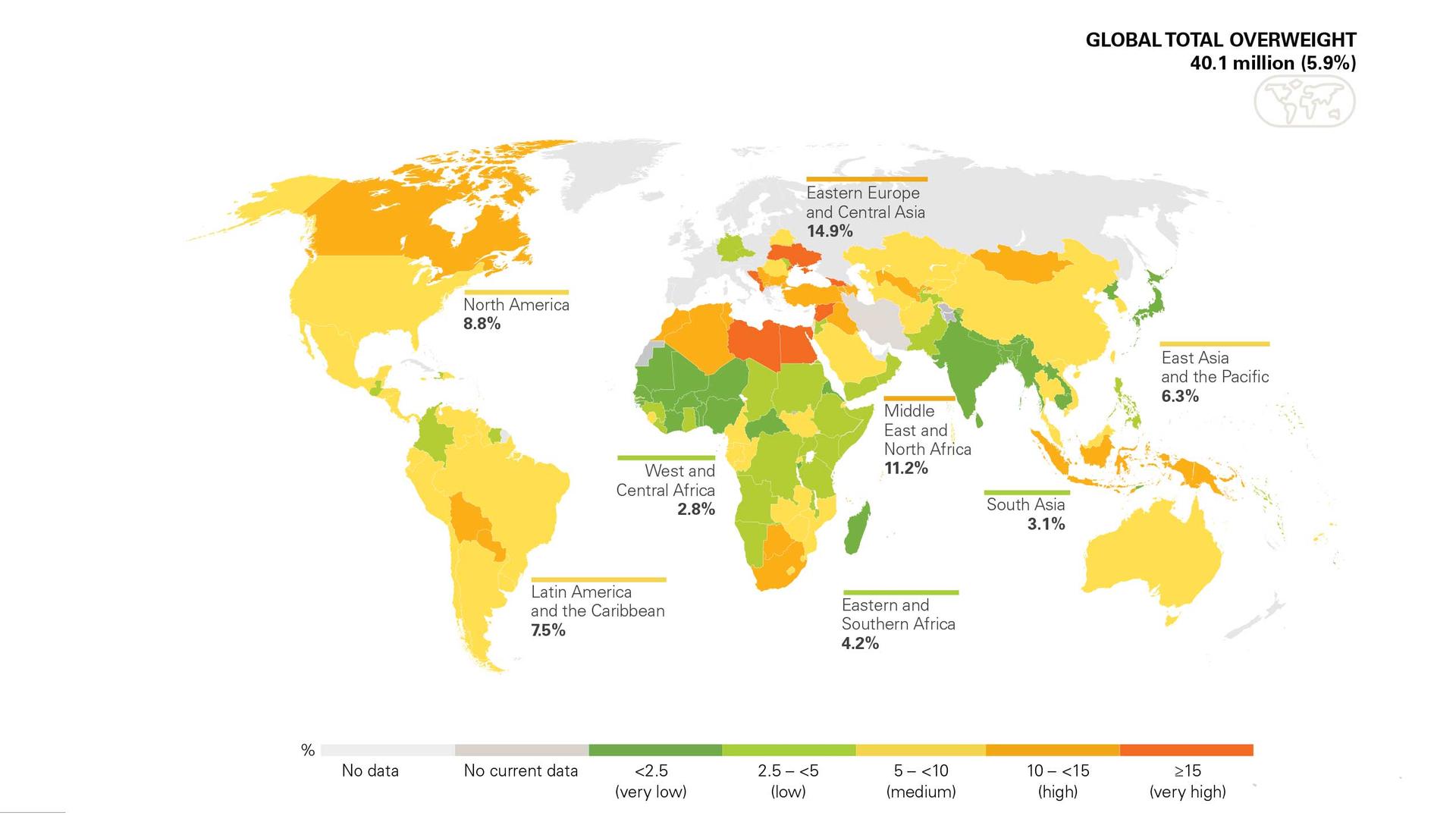Half of the world’s children aren’t getting enough nutrients
Soft drinks bottles are displayed on a shelf in a shop in London in this file photograph dated April 24, 2013. A UNICEF report shows that 42% of school-going adolescents in low- and middle-income countries consume carbonated sugary soft drinks at least once a day — in high-income countries, the rate is 62%.
At least half of kids under the age of 5 — or about 350 million children worldwide — are vitamin-deficient, according to a sweeping report from UNICEF released Tuesday. The problem of diet for millions of people in both rich and poor countries has changed, with many more children suffering not from straight-up hunger but malnutrition.
“They may not lack food altogether, but they lack nutritious food,” said at UNICEF’s director of global insight and policy, Laurence Chandy, who oversaw the new report.
The report dug into years of malnutrition data from around the world and found that 149 million children under the age of 5 are too short for their age, while 50 million are too thin for their height. More and more kids, meanwhile, are eating nutritionally poor diets much earlier in life instead of getting the fruits, vegetables and other healthy foods that they need.
The last 20 years have seen “significant progress” in moving people out of most extreme poverty, Chandy said, but the modern world, most notably characterized by a growth in cities, presents a whole different set of nutrition challenges.
Related: Italian school lunches go organic, low-cost, local
“We estimate that at least one in two children globally suffer from hidden hunger,” he said.
“Hidden hunger” means that families may be able to get plenty of cheap food, but not the right kind of food, such as the fruits and vegetables that are essential for young kids.

This leads to the most visible malnutrition paradox of the modern world: obesity.
Obesity is sharply on the rise, even among young kids, and it’s more prevalent in poorer households. The problem is widespread across countries rich and poor.
“We’re as likely to have instances of malnutrition in middle-income countries,” Chandy said. “Households still with relatively few resources but more than they had before. They are often in urban areas, so they’re not growing their food, they’re buying their food.”
Related: World hunger is on the rise again, and climate change is a culprit
Lifestyle changes and limited budgets mean that cheap food products, such as instant noodles and potato chips, are more readily available. Globally, more than a third of kids drink soda and eat fast food at least once per week. The percentage is even greater in higher-income countries.

“It is definitely a call to arms,” said Wafaie Fowzi, a nutrition expert at Harvard University, of the report. “Child undernutrition has major consequences.”
Fowzi worries about the long term cognitive development of kids who aren’t getting the right kinds of nutrients. He said the solutions to global malnutrition have to address the source of where food comes from: agriculture.
Food systems produce a lot of staple foods such as rice and corn, he said, but don’t put enough emphasis on protein sources and vitamin-rich foods, such as fruits and vegetables.
Related: Drought doesn’t cause famine. People do.
But there are some bright spots.
One example is in Serbia. UNICEF highlighted that more than 95% of Serbian young kids are getting fruits and vegetables they need.
“We still have the tradition of green markets, which are open every day,” said Dr. Jelena Gudelj Rakic, director of a center for health promotion at Serbia’s institute for public health. “Parents pay a lot of attention, and those traditional, built-in habits regarding providing regular meals.”
But even Rakic is concerned about the ways the modern world could threaten this success story. She is starting to document signs of obesity and malnutrition creeping in. As kids get older, they often choose less nutritious foods. At the same time, working parents who face long commute times often have less time for traditional meals.
“Kids, as well as their parents, tend to eat more outside the home, and meals provided outside the home tend to be fast food meals,” she said. “So we are worried, actually, that this trend might reverse this very good result that we obtained in [Serbian] infants, toddlers and preschoolers.”
Our coverage reaches millions each week, but only a small fraction of listeners contribute to sustain our program. We still need 224 more people to donate $100 or $10/monthly to unlock our $67,000 match. Will you help us get there today?
